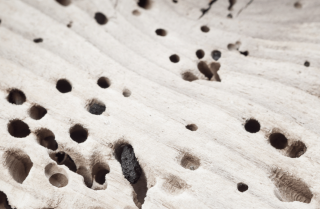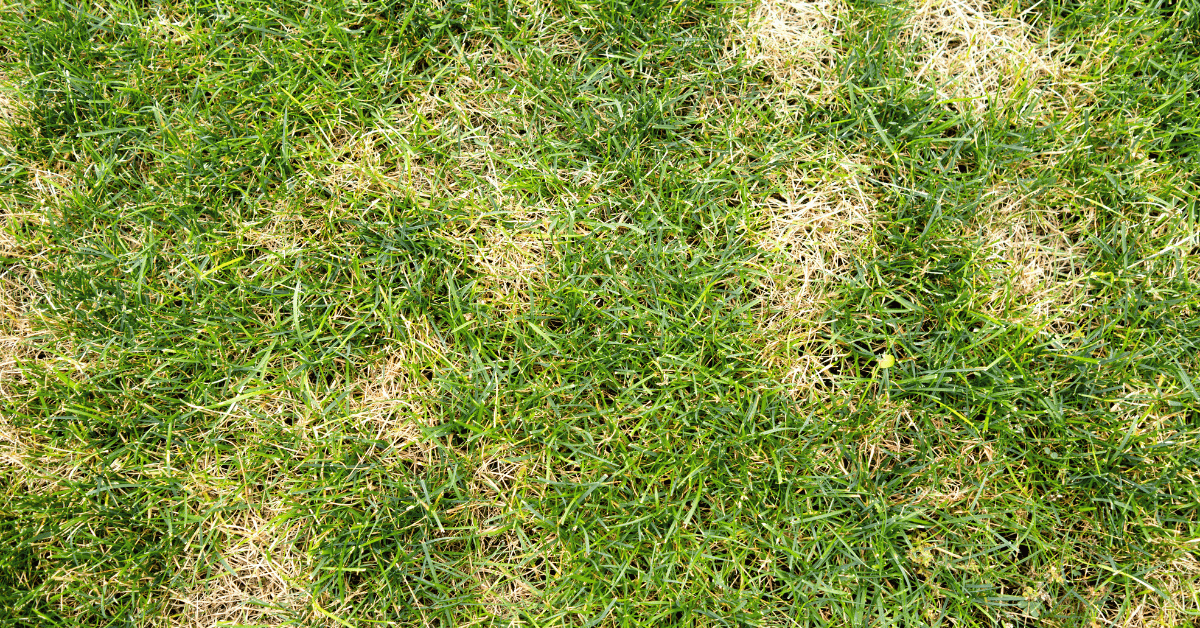The beauty of a flourishing tree can be marred when mysterious holes appear on its trunk. One of the common culprits behind these unsightly blemishes is termites. Termites are relentless pests that can wreak havoc on your trees, compromising their structural integrity and overall health.
Termites are tiny, yet their impact can be colossal. These pests feed on the cellulose in wood; unfortunately, your beloved trees provide ample feast for them. As they chew through the tree's inner layers, they leave telltale signs of their presence – termite holes.
How do you tell if a tree has termites?
Identifying termite infestation in a tree requires a keen eye and an understanding of the signs these pests leave behind. Here are some key indicators that your tree might be playing host to these wood-munching intruders:
1. Termite Holes
Look for small, perfectly round holes in the trunk of your tree. These holes are the entry and exit points for termites. They are usually about the size of a pinhead, making them easy to overlook.
2. Frass Deposits
Termite excrement, or frass, may accumulate around the tree's base or on nearby surfaces. Frass resembles a fine powder and often has a wood-like color, serving as a clear sign of termite activity.
3. Weakened Bark
Termites can cause the bark of a tree to become brittle and easily peel away. If you notice unusual bark damage, inspecting the tree further for termite infestation is crucial.
4. Hollow Sounds
Tap on the tree trunk with a mallet or your knuckles. A hollow sound could indicate internal damage caused by termites, as they consume the wood from the inside out.
What do you do if you find termites in a tree?
Discovering termites in your tree is disconcerting, but taking prompt action can mitigate the damage and save the tree. Here's a step-by-step guide on what to do:
1. Consult a Professional
Contact a reputable tree service like Strobert Tree Services for a thorough inspection. Professional arborists have the expertise to assess the extent of termite damage and recommend the best course of action.
2. Determine the Severity
Arborists will evaluate the severity of the termite infestation. In some cases, targeted treatments may be sufficient. In contrast, tree removal may be the only viable option in severe cases.
3. Treatment Options
Depending on the extent of the infestation, treatment options may include insecticides, soil treatments, or even the introduction of beneficial nematodes that prey on termites. Professional guidance is crucial to determine the most effective treatment for your situation.
4. Preventive Measures
Implement preventive measures to protect other trees on your property. Regular inspections, proper mulching, and maintaining a healthy soil environment can help deter termites from infesting your trees.
What Does Termite Damage Look Like on a Tree?
Understanding the visual cues of termite damage is essential for early detection and intervention. Termite damage manifests in various ways, providing insight into the extent of the infestation:
1. Gallery Patterns
Termites create intricate galleries within the wood as they feed. Upon closer inspection of the damaged area, these patterns may be visible, resembling a maze-like network.
2. Wood Decay
The internal decay caused by termites weakens the structural integrity of the tree. If you observe crumbling or weakened wood, it is indicative of termite activity.
3. Stunted Growth
Infested trees may exhibit stunted or abnormal growth patterns. The stress imposed by termite damage can hinder the tree's ability to thrive and reach its full potential.
Can a Tree Infested with Termites Be Saved?
The fate of a termite-infested tree depends on the extent of the damage and the promptness of intervention. If the infestation is caught early, effective treatment measures can be implemented to save the tree. However, removal may be the only viable solution in severe cases where the structural integrity is compromised.
The key is early detection and proactive management. Regular inspections by arborists, especially in regions prone to termite activity, can make all the difference in preserving the health and beauty of your trees.
Contact Strobert Tree Services - Leaders in Tree Care
For comprehensive tree care services in Delaware, Pennsylvania, Maryland, and New Jersey, trust the expertise of Strobert Tree Services. Our team of skilled arborists is dedicated to preserving the vitality of your trees and addressing issues such as termite infestation with precision and care. Contact us today for a thorough inspection and tailored solutions to ensure the well-being of your valuable trees.











